The tradition of kimchi fermentation in Korea stretches back thousands of years, yet modern science continues to uncover fascinating dimensions of this culinary art. At the heart of kimchi's complex flavor profile and health benefits lies a dynamic ecosystem of lactic acid bacteria (LAB) that evolves across generations of fermentation. This microbial succession represents one of nature's most elegant examples of spontaneous food preservation, where bacterial strains rise and fall in dominance like seasons changing.
Generational shifts in kimchi's microbial landscape begin the moment the salted vegetables are packed into jars. Early fermentation stages see Enterococcus and Leuconostoc species dominating, producing carbon dioxide and acids that create the anaerobic environment LAB require. Within days, these pioneers give way to Lactobacillus sakei and Lactobacillus plantarum - the workhorses of mid-fermentation that generate the sharp, tangy notes characteristic of young kimchi. By the third week, a new microbial regime emerges as acid-tolerant strains like Lactobacillus brevis and Weissella koreensis thrive where others cannot.
What makes Korean kimchi's LAB succession particularly remarkable is how these microbial communities maintain stability across generations of fermentation. When a portion of mature kimchi is used to inoculate a new batch - a traditional practice called back-slopping - the microbial legacy continues. Studies analyzing multi-generational kimchi fermentations reveal that certain LAB strains persist through dozens of cycles, creating what microbiologists call "microbial memory." This phenomenon explains why artisanal kimchi makers can maintain consistent flavor profiles year after year.
The temperature-dependent dance of microbial succession adds another layer of complexity to kimchi's generational microbiology. Winter kimchi (gimjang kimchi) fermented at cooler temperatures favors psychrophilic bacteria like Leuconostoc mesenteroides, resulting in slower acidification and more nuanced flavor development. Summer kimchi batches experience accelerated fermentation dominated by thermotolerant Lactobacillus species, requiring careful monitoring to prevent over-acidification. This seasonal variation means the microbial inheritance passed between generations changes throughout the year, creating distinct "vintages" of kimchi much like wine terroir.
Modern genomic sequencing technologies have allowed researchers to track specific LAB strains across kimchi generations with unprecedented precision. One groundbreaking study isolated a particular Lactobacillus plantarum variant that had persisted in a Seoul family's kimchi recipe for at least eight generations. The strain developed unique genomic adaptations allowing it to outcompete other bacteria while enhancing kimchi's umami characteristics. Such findings validate traditional wisdom about kimchi starters gaining "maturity" and improved quality over years of repeated use.
Industrialization versus artisanal microbial diversity presents an ongoing tension in kimchi microbiology. Commercial producers often use standardized LAB starters to ensure consistency, resulting in less microbial diversity compared to homemade versions. Research shows artisanal multi-generational kimchi contains 30-40% more unique bacterial strains than industrial products. This biodiversity not only creates more complex flavors but may offer additional health benefits, as different LAB strains produce varied bioactive compounds during fermentation.
The generational transmission of kimchi's microbial communities represents a living cultural heritage that modern science is only beginning to fully appreciate. As researchers continue mapping the intricate relationships between traditional fermentation practices and microbial evolution, each jar of kimchi reveals itself as more than food - it's a continuously evolving ecosystem, a microbial heirloom passed between generations, and a testament to Korean culinary wisdom that anticipated microbial ecology centuries before the invention of microbiology as a science.

By /May 26, 2025
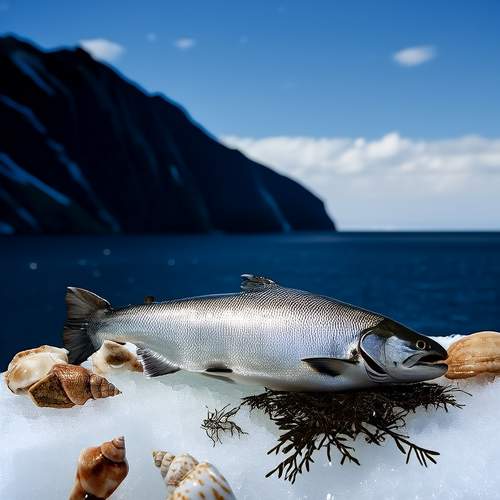
By /May 26, 2025

By /May 26, 2025

By /May 26, 2025
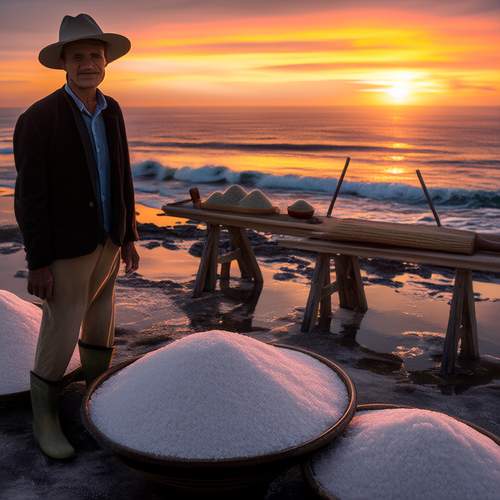
By /May 26, 2025
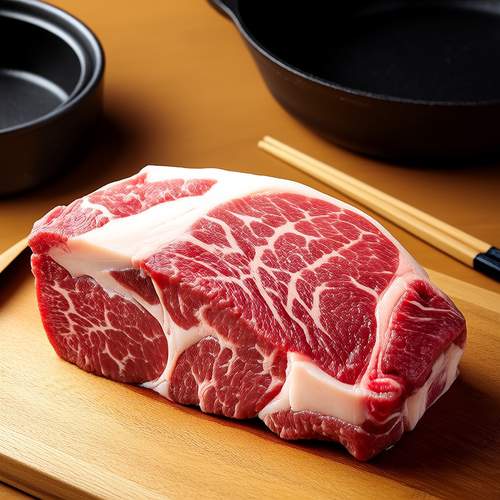
By /May 26, 2025

By /May 26, 2025
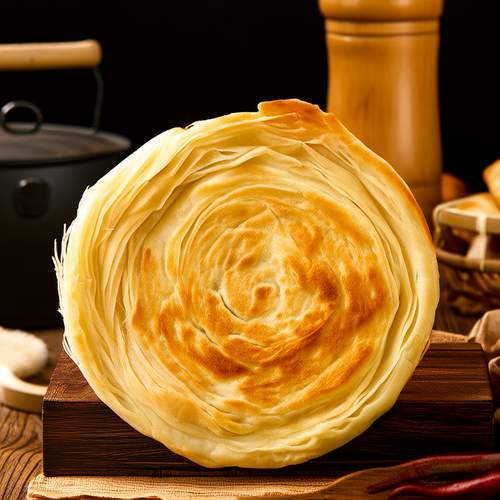
By /May 26, 2025

By /May 26, 2025
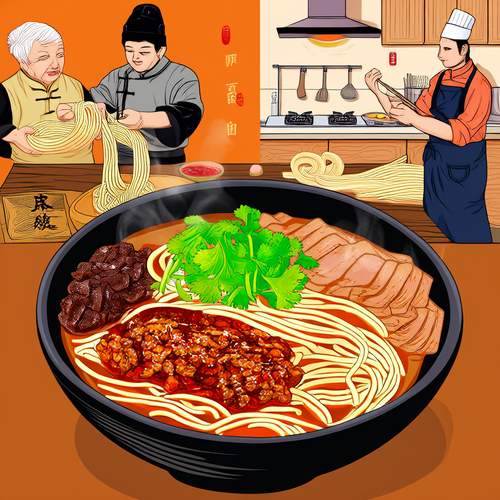
By /May 26, 2025

By /May 26, 2025

By /May 26, 2025
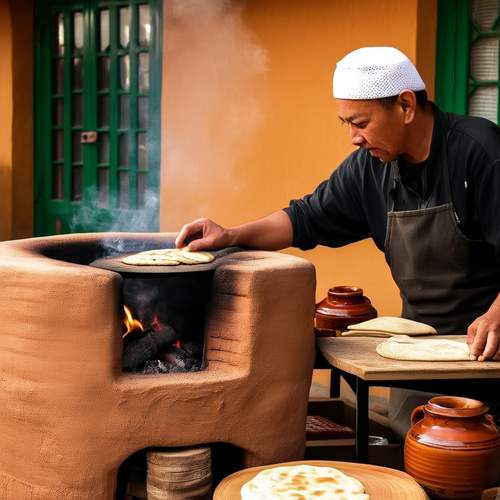
By /May 26, 2025

By /May 26, 2025

By /May 26, 2025

By /May 26, 2025

By /May 26, 2025

By /May 26, 2025

By /May 26, 2025

By /May 26, 2025